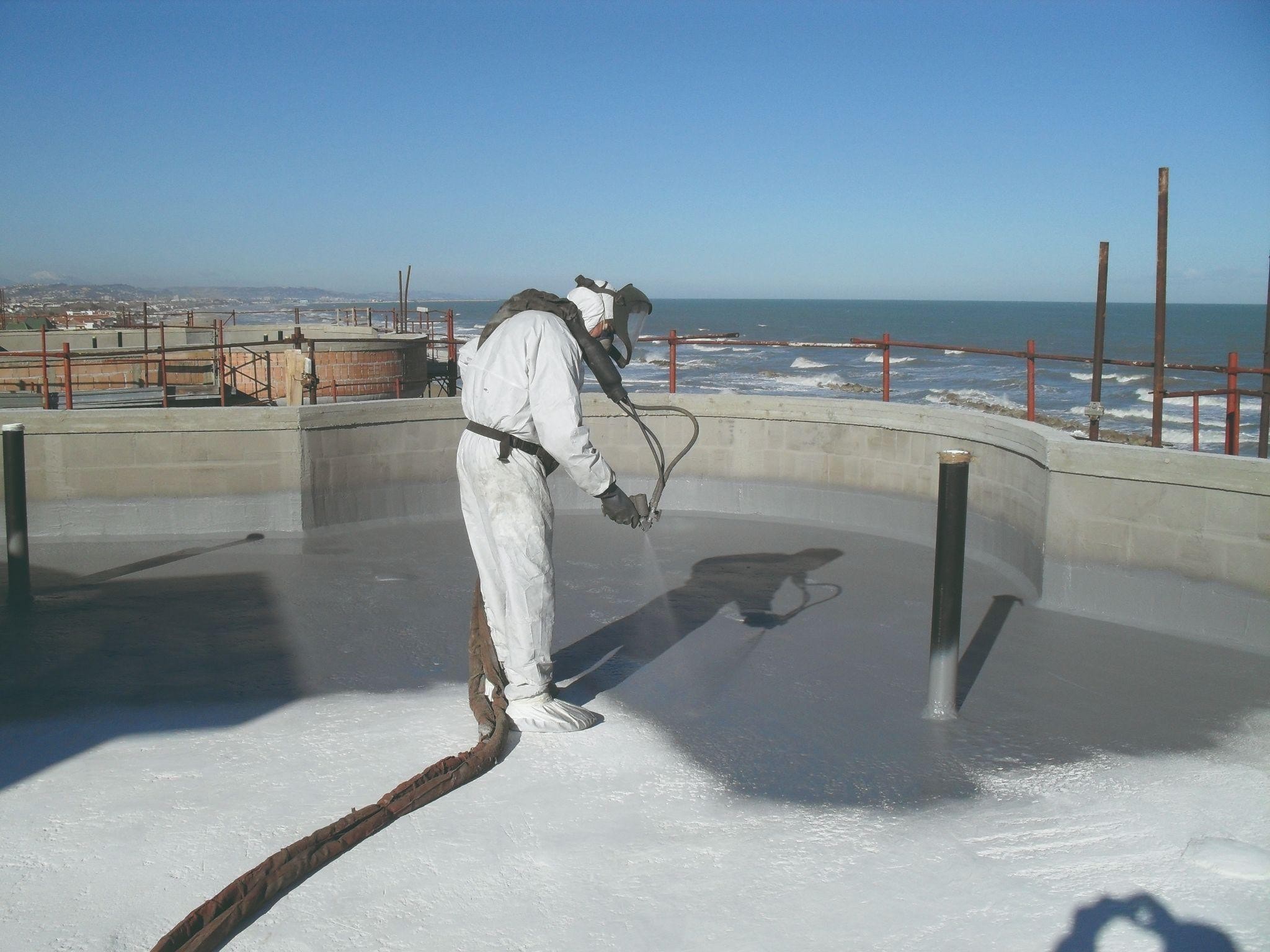
Dino Vasquez
Product Manager for Waterproofing Products Line, Mapei SpA (Italy)

Waterproofing products for roofs are an important item on the list of things you need when planning any construction. They ensure that good construction doesn’t deteriorate over the years by ensuring good protection from outside moisture for the walls of the building. Mapei offers a wide range of waterproofing solutions.
What does a roof do?
First, let’s look at the role roofs play in how building quality changes over time. It offers overhead protection from outside elements - rain, sun, heat, and dust. It needs to withstand the design stresses and loads from any activity that happens on it and any stress that it takes: plants and pots, heavy equipment parking (vehicles or machines), etc. The most suitable waterproofing system should be identified after defining a roof’s use completely. Any solution must protect the building and maintain its resistance for many years in the future.
Why do we call them “waterproofing solutions”?
It’s not a single product that is used. Depending on the need, several products are used in tandem based on the waterproofing chemicals they contain, hence a system. For balconies and terraces, for example, there is the Mapelastic line and relative accessory items such as special sealing tapes (Mapeband Easy, Mapeband SA, and Mapeband TPE) and drainage items from the DRAIN line.
For roofs, on the other hand, the products available can vary from the Aquaflex Roof range of liquid acrylic membranes to the Purtop Easy line of polyurethane membranes, or lastly the Purtop range of polyurea membranes.
Choosing the most appropriate product range depends on the function of a roof.
Is it more effective to apply a waterproofing solution over or underneath the layer that forms a slope?
For waterproofing solutions to last over the years and, as a result, enable a roof to also last over the years, it must be applied on a sloping substrate.
With a balcony or terrace, for example, applying the waterproofing layer on a sloping substrate protects the screed and the other underlying layers from water, which in turn prevents water from seeping into joints and affecting the functionality of the entire structure. This also allows the water to run off correctly towards drainage points so that it doesn’t remain under the ceramic tiles, which would then lead to the onset of various problems.
In the case of a flat roof with a bituminous membrane, for example, water may collect in any depressions or hollows that have formed in the membrane and provoke the so-called “lens effect”. In such conditions, heat from the sun causes a dark roof to warm up, which leads to premature deterioration of the waterproof membrane and, as a result, a reduction of the roof’s service life. If a waterproof membrane is installed on a sloping surface, on the other hand, this phenomenon does not occur.
In both cases and all similar situations, it is very important to carry out the correct, routine maintenance on guttering, downpipes, and runoff channels.
What is the minimum thickness required to waterproof a surface correctly?
The minimum thickness for a waterproofing system varies and depends on the type of material applied, the characteristics of the material, such as its thixotropy, and the area of use of the structure.
As far as cementitious waterproofing products for roofs are concerned, such as products from the Mapelastic line, the total recommended thickness of the layer to be applied is 2 mm. This thickness is easy to achieve by using a notched trowel to apply the product, thanks also to the reinforcement which is sometimes used to improve the product’s performance properties.
Can ceramic tiles be installed directly over a waterproofing system?
They certainly can. If a client wants a terrace, balcony, or roof covered with material suitable for external applications, Mapei can offer an extensive range of adhesives available for bonding it to waterproofing systems.
For example, for a cementitious waterproofing system from the Mapelastic line, we suggest a class C2 cementitious adhesive according to EN 12004, while for a polyurea waterproofing system, we suggest using an epoxy or epoxy-polyurethane adhesive.
Also, we mustn’t forget that liquid membranes for external applications, such as balconies, terraces, and roofs, are covered by EN 14891. This European standard is used to evaluate the conformity, classification, and area of use of liquid waterproofing products applied underneath external covering materials. The standard specifies the test methods to be used and the performance levels required for liquid waterproofing products applied underneath a covering material, such as ceramic tiles bonded with adhesives.
What does routine maintenance consist of and how important is it?
Maintaining and maintenance are synonyms for “conserving a good level of efficiency”. Maintenance work on a roof is essential for the durability of the structure itself.
Mapei products, which are certified according to European standard EN 1504-2, already play an important part in protecting structures and, as a result, they maintain their durability over the years. If, however, these products are not used correctly, or if they are not stored in the right conditions, it will be the roof that suffers by gradually losing its overall efficiency.
Comments
Load more comments